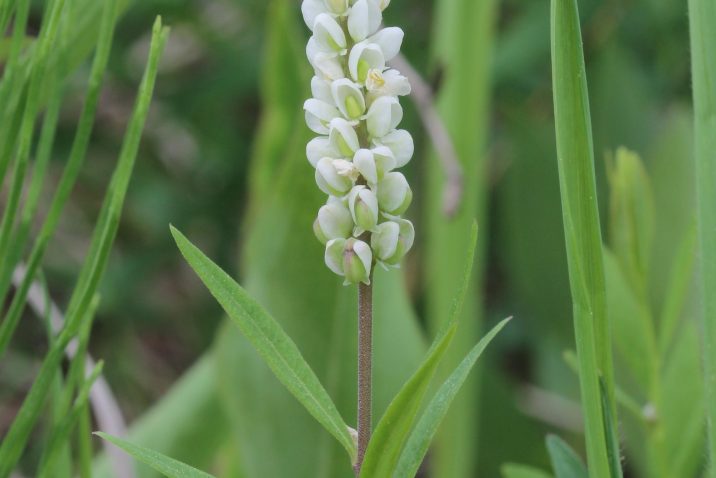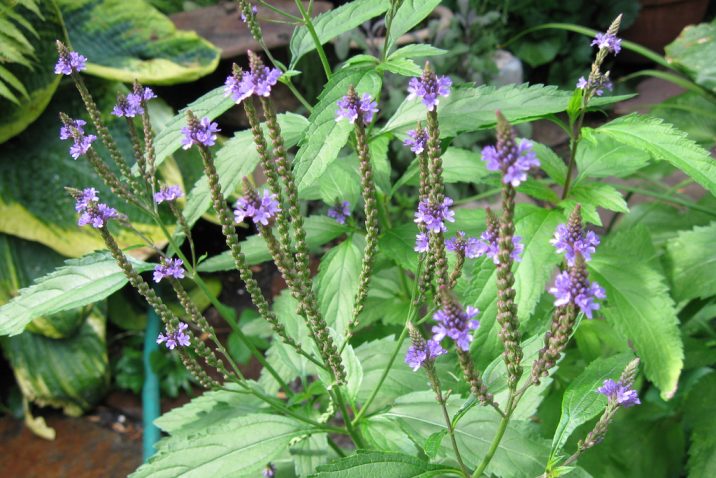Achillea millefolium Compositae Names: Milfoil Habitat: Native to Eurasia and naturalized in North America, found intemperate zones. Collection: The whole of the plant above ground should be gathered when in flower between June and September. Part...
Rumex crispus Polygonaceae Names: Curled or Curly Dock. Habitat: A common European weed. Collection: The roots should be unearthed in late summer and autumn, between August and October. Clean well and split length ways before drying. Part Used: Root...
Polygala senega Aristolochiaceae Names: Senega Snake Root Habitat: USA Collection: Part Used: Rhizome. Constituents: Triterpenoid saponins based on the aglyuconespresenegenin, senegenin, hydroxysenegin, polygalacic acid and senegenic acid. Phenolic...
Drosera rotundifolia Droseraceae Habitat: Grows throughout Europe on wet heaths, moors and sphagnum bogs, especially in Wales. Collection: The whole of the plant is gathered during the flowering period in July or August. Part Used: Entire plant...
Viola odorata Violaceae Names: Violet. Habitat: Widely found in Europe and Asia. Collection: The leaves and flowers are gathered in the spring, in March and April. Dry with care. Part Used: Leaves and flowers. Constituents: Phenolic glycosides...
Tanacetum vulgare Compositae Names: Batchelor’s Buttons Habitat: A common European wild plant. Collection: The leaves and flowers are collected during the flowering time between June and September. Part Used: Aerial parts. Constituents:...
Thymus vulgaris Labiatae Names: Common Thyme, Garden Thyme Habitat: Thyme is indigenous to the Mediterranean region, and cultivated widely.. Collection: The flowering branches should be collected between June and August on a dry sunny day. The...
Melaleuca alternifolia Myrtaceae Names: Tea tree Habitat: Swampy, low lying wetlands in New South Wales, Australia. Collection: Part Used: Essential oil. Constituents: Essential oil containing a range of terpenes and sesquiterpenes. Actions: Anti...
Valeriana officinalis Part used: Rhizome, stolons & roots. Constituents: A range of unique chemical constituents have been found, but as with all herbal remedies it is a mistake to try to understand the plant from these chemicals alone. The...
Verbena officinalis Part Used: Aerial parts. Constituents: Iridoids, verbenin, verbenalin and bastatoside Miscellaneous; essential oil, mucilage and others. Actions: Nervine tonic, sedative, anti-spasmodic, diaphoretic, hypotensive, galactagogue...











